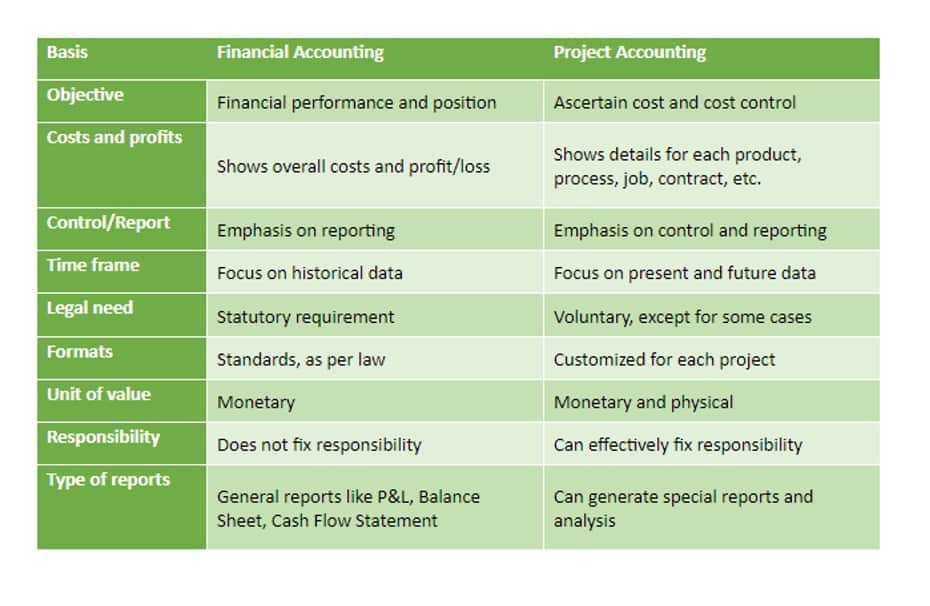
Therefore, we care about the success of your business and your financial goals. Half of a century of experience in the wine industry makes our CPAs more than qualified to do your winery accounting. We excel in cost allocation for wineries, allowing you to accurately determine the cost of goods sold for each vintage and varietal. By allocating specific costs to each SKU, we provide you with a clear understanding of the profitability of different wines within your portfolio, helping you make informed pricing and production decisions. That includes rent, depreciation, business or property insurance, maintenance, cleaning supplies, and property taxes.

Personalized Services for Your Winery

Once submitted, the county uses cash flow the property tax affidavit to calculate the business property tax liability. Whether these vats are classified as real estate or personal property depends on whether they are affixed to the ground or movable. In a tasting room, there may be tables, racks and stools, all of which are depreciable property. However, if the room has a built-in bar, it is considered part of the building, having a much longer depreciable life. Wine entrepreneurs must balance their passion for making wine with the challenges of running a business in a growing and competitive market.
Wineries CPA Santa Rosa Winery CPA Vineyards CPA
- Wine entrepreneurs must balance their passion for making wine with the challenges of running a business in a growing and competitive market.
- In other words, management reports are the diagnostics on your winery’s financial health.
- There will always be a cost of doing business, and finding where you can reduce costs takes time, thoroughness, and consistency.
- However, it’s worth noting that LIFO is not permitted under International Financial Reporting Standards (IFRS), limiting its applicability for wineries operating globally.
- Financial reporting operates under GAAP guidelines and allows your company to remain compliant with policy boards.
- The key to accurate billback accounting lies in deducting them directly from your gross sales before calculating COGS.
- Offering wine-related experiences such as tours, tastings, and events can generate income year-round, providing a more consistent cash flow.
Every employee’s wages, benefits, and payroll taxes must be accounted for and apportioned. If you operate a vineyard in addition to winery, include those labor expenses in your total labor cost. Another important metric is the operating expense ratio, which compares operating expenses to total revenue. This ratio helps wineries identify areas where they might be overspending and where cost-saving measures could be implemented. By keeping this ratio in check, wineries can ensure that their operational costs do not erode their profits.
Why Gen Z Isn’t Buying Wine Online: Navigating the 4th Tier of Wine Sales (Expert Editorial)

It’s not unusual to see old tractors, farm equipment or other machinery sitting unused on vineyard land — sometimes for decades. Vineyards and wineries flourish through strategic financial management and operational efficiencies. Knowing about strategies such as accrual accounting and smart production account management helps you Law Firm Accounts Receivable Management make confident financial decisions, fueling your winery’s success. From the first tender shoots in the vineyard to the satisfying pop of a cork, your winery embodies passion and hard work.
It’s the property owner’s responsibility to document and report obsolete items to prevent unnecessary tax payments. Neglecting this aspect of property tax reporting leads to overpaying taxes and issues during audits. To ensure your continued support from the business community, we have developed strategic relationships with industry bankers, lawyers, and other craft-brewing service providers. When it comes to reaching your business goals, our team has the experience, resources, and the passion to help you succeed. Today, New York State produces a large variety of award-winning wines and is home to over 400 wineries and vineyards, with more opening with each passing year. Like every niche business, wineries, breweries, and distilleries have their unique set of issues, among them tax accounting compliance with state and federal law.
- Next comes the actual winemaking, then they become a consumer trade to allow for wine sales, and then there’s distribution.
- When it comes to reaching your business goals, our team has the experience, resources, and the passion to help you succeed.
- We offer practical advice on managing your winery’s finances with confidence and making informed decisions that support growth.
- These tools offer features like real-time data analytics, automated reporting, and integration with other business systems, making it easier for vineyard managers to stay on top of their financials.
How to Secure Your Financial Future as a Professional Gamer
Another important aspect of cost accounting in vineyard operations is the use of standard costing. This involves setting benchmark costs for various activities and comparing actual costs against these standards. Variances between the two can highlight areas where the vineyard is overspending or where efficiencies can be improved. For instance, if the actual cost of harvesting grapes significantly exceeds the standard cost, it may indicate issues with labor productivity or equipment efficiency that need to be addressed. Optimize your vineyard or winery’s financial health with winery accounting effective accounting strategies tailored to the unique challenges of the industry. The key to accurate billback accounting lies in deducting them directly from your gross sales before calculating COGS.
